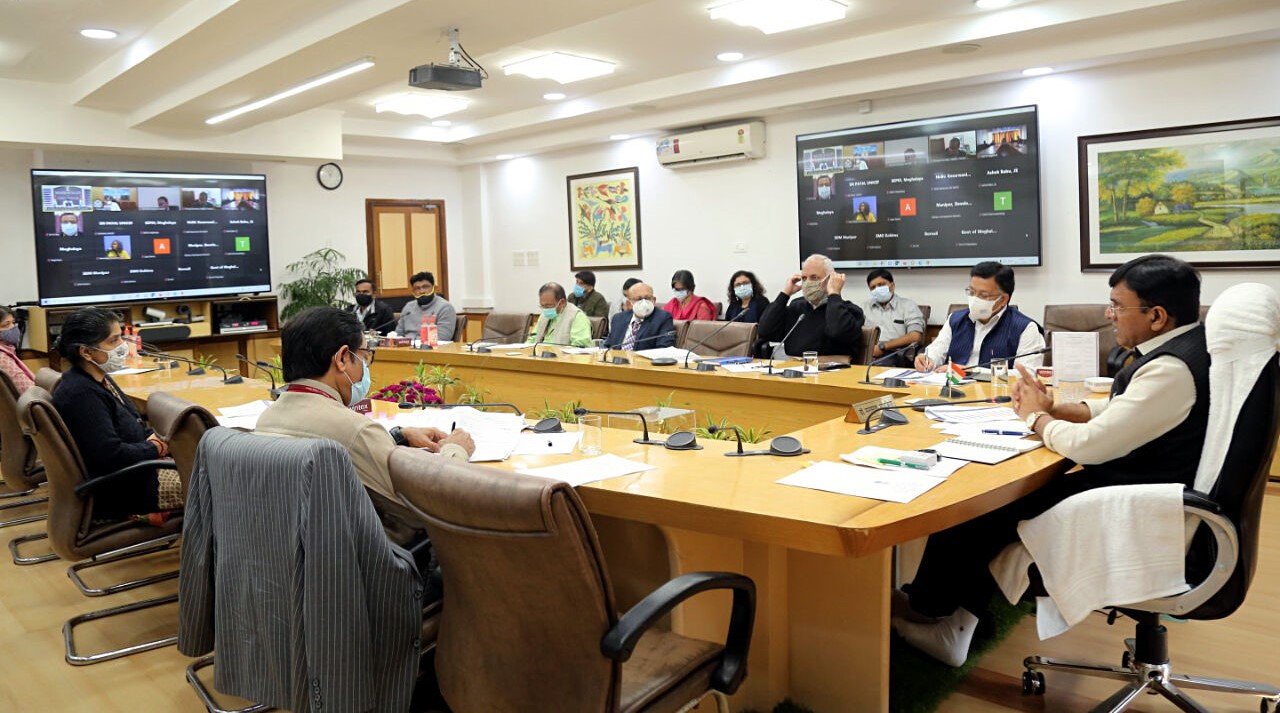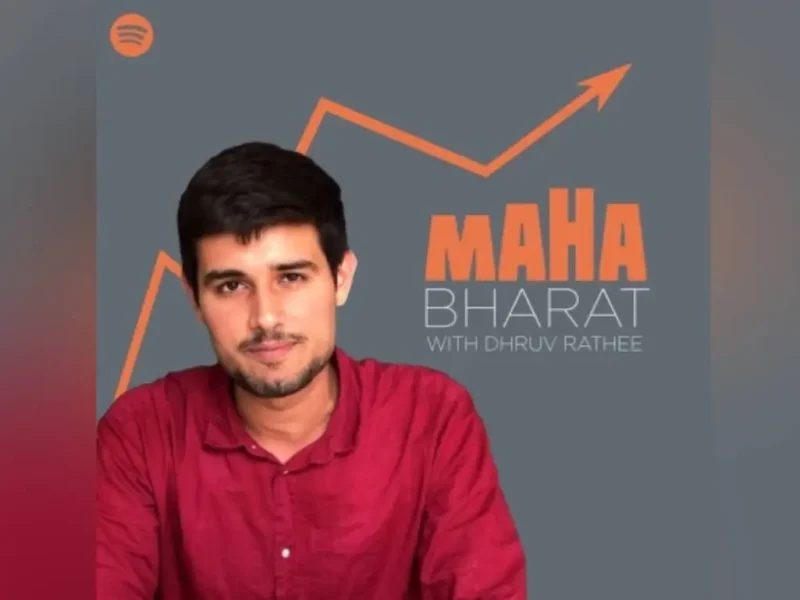
India’s Serum Institute Gets Okay to Export Vaccines to COVAX
Indian Union Minister of Health and Family Welfare Mansukh Mandaviya holds a review meeting on the vaccination progress in various states and UTs, in New Delhi on Nov. 22. (ANI Photo)
NEW DELHI – The Pune-based vaccines manufacturer Serum Institute of India has received approval to export Covid vaccines under the COVAX program, said a source on Nov. 22.
The ministry has allowed SII to export 5 million doses of COVID-19 vaccine Covishield to the COVAX, an UN global body.
COVAX is co-led by Gavi, the Coalition for Epidemic Preparedness Innovations, and the World Health Organization, which aims to accelerate the development and manufacture of Covid vaccines. The Covax facility was created to ensure global equitable access to Covid-19 vaccines after the outbreak of Covid pandemic.
The first batch of the vaccines will be exported to Nepal, Tajikistan and Mozambique, official sources said. SII will also export Covishield to Bangladesh under COVAX. The Serum Institute can begin the vaccine export from Nov. 23.
Union Health Minister Mansukh Mandaviya had announced that India will be resuming export of vaccines under Vaccine Maitri in the fourth quarter starting from October. He had said that vaccine exports will resume to fulfill the commitment of India towards COVAX in line with the motto ‘Vasudhaiva Kutumbakam’.
India stopped the Covid-19 vaccines in April this year after a severe surge in Covid case during the second wave to vaccinate its own population. However, prior to the export ban, India had either sold or donated 66 million doses to nearly 100 countries. While announcing resumption of the vaccine exports under the Vaccine Maitri program, the health minister said that the surplus supply of vaccines will be used to fulfill the commitment towards the world for the collective fight against Covid-19.
While India has achieved 82 percent vaccination coverage for the first dose, the second vaccine coverage remains under 60 percent.




